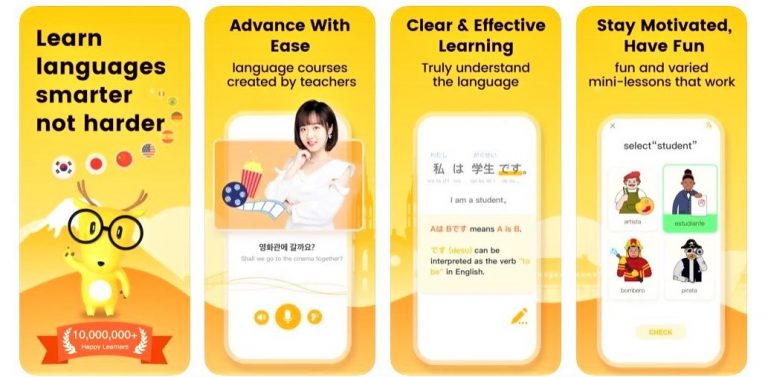
I’ve been using it as very casual exposure, while doing more serious grammar study with other resources. It hasn’t made me feel much more skilled, but I’ve also not been working too hard to apply what I learned from it.

It doesn’t challenge the user enough to use what they learn in order to really cement thingsįor me it wasn’t too annoying to get through everything because I’m quite low level.Audio review only gives Japanese audio for you to translate, not the other way around.Especially if you’re more than a few levels into WK, you’ll be rolling your eyes a lot as they teach you kanji you already know.

Doubt anyone here wants to avoid kanji, but for inclusion’s sake: there are options for full kanji, hiragana only, romaji only, and four different blends of those options.Unfortunately only added to the first 12 sections (at last count). Their Beta feature “Story.” Some audio accompanied by some pictures, along with two or three questions in Japanese about what you heard.Reminded me how weak my pure recall could be for stuff I considered easy in lessons. Anything classified as weak will be prioritized in your next audio review. Reveal the answer, and select whether your own answer was weak, good, or perfect. A Japanese audio clip plays, and you must think of the translation. Offline mode available if you want to use it on a commute without using your data plan.All audio spoken by a native, with the option of slowing introductory examples down to 0.8x audio speed, to aide listening comprehension.Breakdown of grammar points available at the start of sections.Copying the grammar breakdown sections – using the grammar taught to make your own examples on the side – etc. Of course, none of this stops anyone from getting more out of the app by themselves. Sigh.Įrgo: it doesn’t train recall and usage that well, which is a problem if you want to speak and write on your own. And some will use the app for 100 days straight while somehow forgetting about that button, making the most educative two exercises insultingly easy.

As pointed out: best to use the “Try it yourself” feature to input. They only give the kana needed for the sentence, and for some reason, they are mostly in order already.

Only on the last two questions of a level can you input yourself, but it always defaults first to a screen of pre-selected kana to make the sentence. The majority of LingoDeer is some form of multiple choice. No testing out of individual levels like DuoLingo. So you can skip forward, but if there is one section among ten that you’re fuzzy on prepare to do the other nine that got lumped in along with it. If you are higher level, there are small tests you can do to test out of about ten sections at a time (each section containing several levels).


 0 kommentar(er)
0 kommentar(er)
